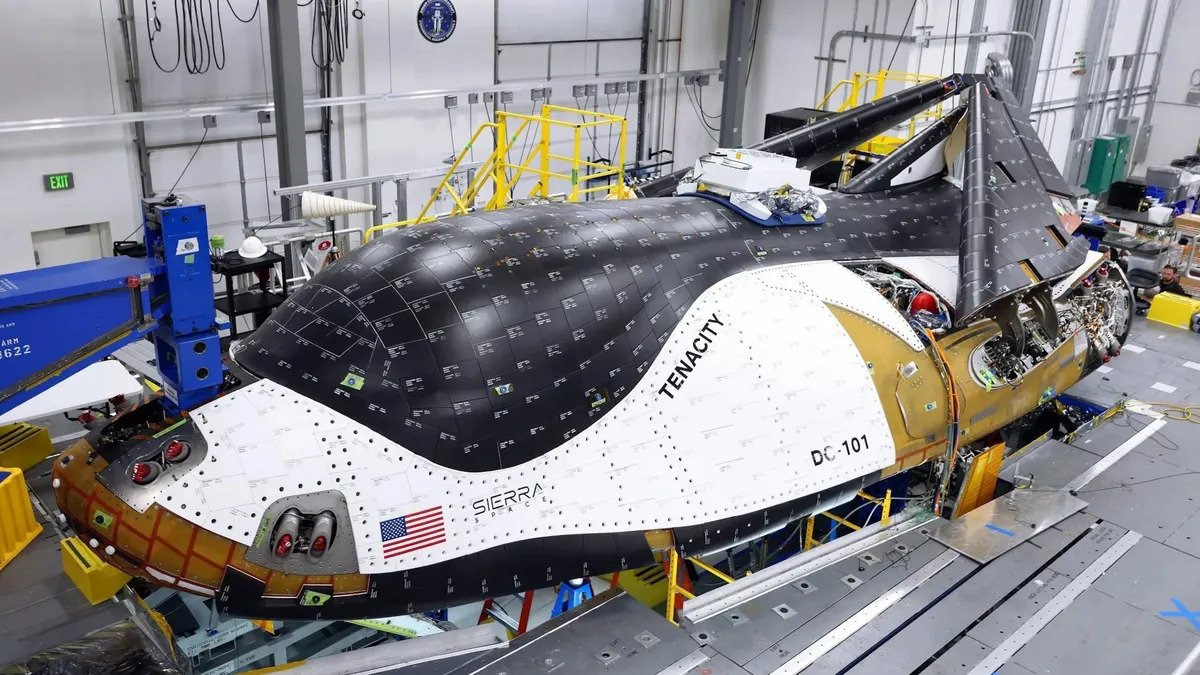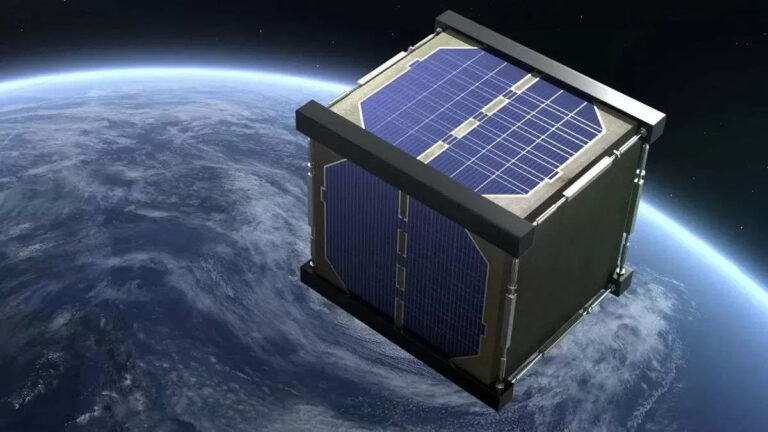The first Dream Chaser spaceplane designed for orbit is shaping up nicely. Custom ceramic tiles cover its foldable wings and fuselage, protecting the spacecraft from intense heat during its return to Earth. The landing gear is in place, and technicians are busy putting on the final touches prior to its being rolled out.
Workers in the spacecraft are adding the last ducts for the environmental control system. This system will make the inside of the Dream Chaser comfortable for astronauts en route to the International Space Station.
For now, the Dream Chaser’s task is to carry supplies to and from the research hub orbiting about 240 miles (385 kilometers) above Earth. It will be launched on a regular rocket, move around in space like a satellite, and then touch down on a runway, according to Ars Technica.
Just next to the production area, Sierra Space has arranged a mission control room. Here, engineers will monitor the spacecraft while it is in orbit. A bit further down the hallway, there is a model set up. Astronauts can practice getting into the Dream Chaser and handling cargo—packing and unpacking—while it is attached to the station.
Overall assembly of spaceplane almost ready to fly
The spacecraft still lacks some things such as covers and tiles. Tom Vice, the CEO of Sierra Space and a former executive at Northrop Grumman, mentioned that engineers purposely left these out on the Dream Chaser so that they may do another set of tests with it.
“We’re almost done with everything,” said Angie Wise, Sierra Space’s chief safety officer. Angie further stated, “We’re finishing all the closeout panels. We’re essentially getting it ready for shipping. We’ve checked out the landing gear. We’re going to put everything back in, stow it, and then move it onto the (transport) fixture and get it out of here.”
Dream Chaser is around a quarter of the size of a space shuttle orbiter and has about half of the shuttle’s livable space. It is approximately thirty feet (nine meters) long, with a wingspan of twenty-three feet (seven meters). The wings can fold up, similar to a fighter jet on an aircraft carrier, to fit into the rocket’s payload space.
The initial Dream Chaser missions will launch using United Launch Alliance Vulcan rockets from Cape Canaveral, Florida. However, Sierra Space states that its spaceplane can also fly on various other launch vehicles, as reported by Ars Technica.
Testing the spaceplane in NASA’s Neil Armstrong Test Facility
After departing Sierra Space’s factory, Dream Chaser’s next destination is NASA’s Neil Armstrong Test Facility in Ohio, previously known as Plum Brook Station. The spacecraft will be transported by road from Colorado, but Sierra Space is keeping the route and shipment date confidential for security purposes.
Dream Chaser will remain at the Ohio test facility for one to three months, depending on the progress of the testing, according to Wise.
Source: Greek Reporter



